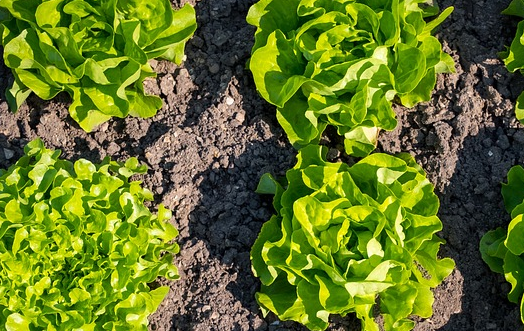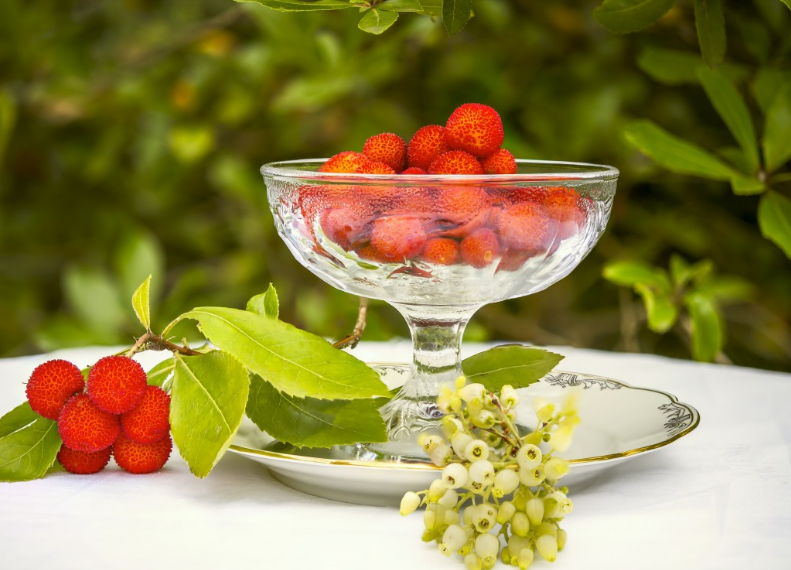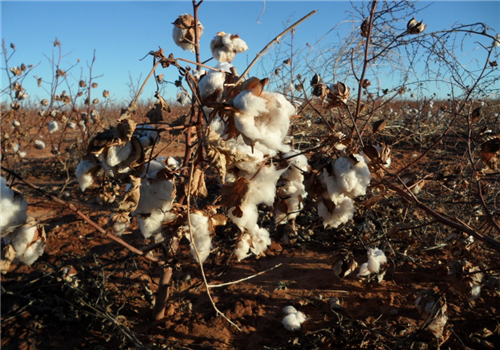(lettuce) how to grow lettuce? Do you have it all year round? When is the best time to plant it?
Lettuce, also known as mai Tsai, goose lettuce, lettuce and so on, is one of the favorite vegetables with crisp, tender and slightly sweet texture and unique flavor. So, how to grow lettuce? Do you have it all year round? When is the best time to plant it?
How to grow lettuce?
1. Select and sow improved varieties: choose suitable varieties according to needs, such as glass lettuce, emperor, Caesar, heading lettuce, mosaic lettuce, Dahu 659 and so on.
two。 Prepare the seedbed: lettuce seedlings should choose water conservation, good fertilizer conservation, fertile sandy loam. Bed and soil preparation: 10 square meters of seedling bed with rotten organic fertilizer 10 kg, ammonium sulfate 0.3 kg, calcium superphosphate 0.5 kg, potassium sulfate 0.2 kg, fully mixed evenly to lay Harrow fine, pour enough bottom water, sow seeds after water infiltration.
3. Sowing and raising seedlings: in order to sow evenly, the seeds can be mixed with a small amount of fine sandy soil, covered with 0.3 cm thick tidal soil and covered with plastic film to keep moisturizing. The sowing rate is 30,50g per mu. When the seedlings begin to be unearthed, the plastic film on the border should be opened in time to prevent overgrowth. The suitable temperature of seedling bed should be controlled at 18 ℃ ~ 20 ℃ in daytime and 12 ℃ ~ 14 ℃ at night. Pay attention to ventilation and shade in case of strong light exposure. When the seedlings grow to 2-3 true leaves, the seedlings are divided according to the row spacing of 6-8 cm, and when they grow to 4-5 true leaves, they can be planted, and there is generally no shortage of water at the seedling stage.
4. Scientific fertilization: lettuce requires clayey loam rich in organic matter and strong water and fertility conservation, lettuce likes slightly acidic, and the soil pH value is 5-7. For every 1000 kg of lettuce, it is necessary to absorb 2.5kg of nitrogen, 1.2kg of phosphorus and 4.5kg of potassium, among which heading lettuce needs more potassium. Nitrogen, phosphorus and potassium fertilizers should be used together during the growing period. The land where lettuce is planted should be ploughed deeply and carefully. Before planting, sufficient basic fertilizer should be applied, and 3000-3500 kg per mu of rotten farm manure should be applied. Turn deeply after application, pour enough bottom water, and make the border after seeing it dry.

5. Careful planting: the nursery bed will be irrigated one day before planting to make the seedling moist, and the next day the seedlings will bring as much soil as possible to reduce root damage. When planting, first open the ditch on the border surface, the ditch depth is 4cm 6 cm, plant 3 rows on the border surface 70 cm, apply the ternary compound fertilizer according to 25 kg per mu, then irrigate, put the seedlings to cultivate the soil and seal the ditch according to the plant distance of 24 cm, rake the border surface, cover the plastic film, and introduce the seedling out of the film.
6. Post-planting management: lettuce likes to be wet, and adequate water supply is required during the whole growth period. Slow seedling water was irrigated once after planting for 5-7 days. After watering the seedlings, the plots without plastic film were ploughed and loosened for two times to weed. After watering 3-4 times, combined with watering, nitrogen and phosphorus fertilizer was applied by stages, 15-20 kg per mu. Stop watering before harvest to facilitate storage and transportation.
7. Pest control: the main diseases of lettuce are downy mildew, soft rot, virus disease and Sclerotinia sclerotiorum, among which Sclerotinia sclerotiorum and Sclerotinia sclerotiorum are more harmful, so rotation can be adopted, planting density should be reduced appropriately, watering should not be excessive, shallow hoe should be often done, soil surface should be kept dry, diseased plants should be pulled out in time, withered leaves can be removed and burned, agricultural streptomycin and ammonium benzoate can be sprayed after the disease occurs. Spray chlorothalonil every 5 to 7 days in high temperature and humidity season for preventive purposes. Insect pests are mainly aphids, thrips, ground tigers, etc., with omethoate, quick kill and other control.
8. Scientific harvest: non-heading lettuce can be harvested timely according to the market price, heading lettuce should be harvested after the leaf ball is tight, and the yield will be affected too early. If it is too late, the stem inside the leaf ball will elongate and the quality of leaf ball will decline.
Is lettuce available all the year round?
Lettuce can be grown all year round. Lettuce is a very healthy vegetable, can also be constantly picked, it is very crisp to eat, it is rich in water, fiber, vitamins and a variety of minerals, conducive to the work of the gastrointestinal and central nervous system.
Most kinds of lettuce can be harvested in about 8 weeks, which is very easy to maintain, and you don't need much space to grow vegetables at all, and it doesn't need much light.
When is the best time to grow lettuce?
Lettuce likes the cold climate, so the sowing time is usually in spring and autumn. Spring usually begins to sow from February to April, and can be harvested from May to June, while autumn sowing can start at the end of August and can be harvested from September to October. Because the characteristics of different varieties of lettuce are different, when choosing the sowing time, you should first know the description of the seeds of lettuce you buy. Then sow seeds in combination with the above sowing time. Spring and summer are suitable for sowing loose leaf lettuce (such as cream lettuce, colored leaf lettuce), more heat-resistant, autumn and winter are suitable for sowing heading lettuce (also known as western lettuce), not heat-resistant.
Time: 2019-03-14 Click:
- Prev

How does the "cash cow" red bayberry be grafted? When is the best month for grafting? How to improve the survival rate?
Bayberry is strong, has a long economic life, and its production cost is obviously lower than that of other fruits, so it is known as a green enterprise and a cash cow. Bayberry grafting is one of the tasks often done during the planting of bayberry, which has a great impact on increasing the yield of bayberry. that
- Next

* * Cotton acreage accounts for 80% of the country, come and see how they achieve high yield?
The total cotton output has ranked first in the country for more than 20 years in a row. The reporter learned from the Academy of Agricultural Sciences that the planting area of cotton reached more than 37 million mu in 2018, accounting for 80% of the country's cotton planting area.
Related
- Fuxing push coffee new agricultural production and marketing class: lack of small-scale processing plants
- Jujube rice field leisure farm deep ploughing Yilan for five years to create a space for organic food and play
- Nongyu Farm-A trial of organic papaya for brave women with advanced technology
- Four points for attention in the prevention and control of diseases and insect pests of edible fungi
- How to add nutrient solution to Edible Fungi
- Is there any good way to control edible fungus mites?
- Open Inoculation Technology of Edible Fungi
- Is there any clever way to use fertilizer for edible fungus in winter?
- What agents are used to kill the pathogens of edible fungi in the mushroom shed?
- Rapid drying of Edible Fungi

